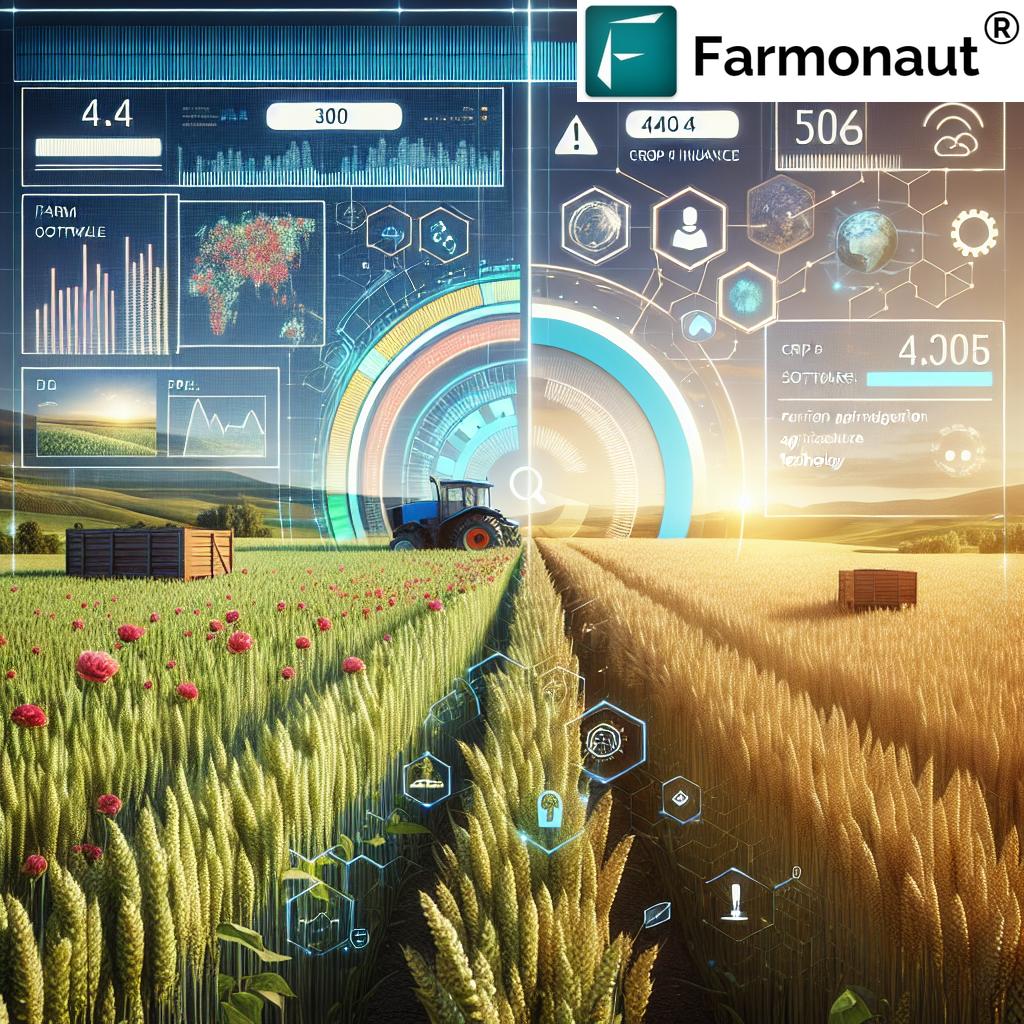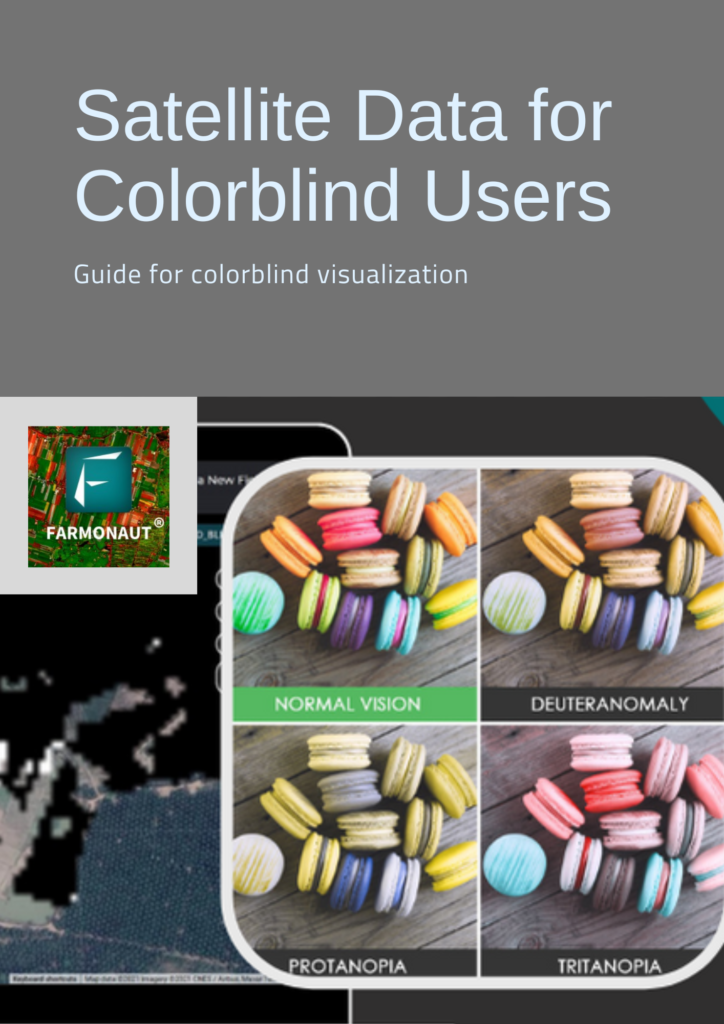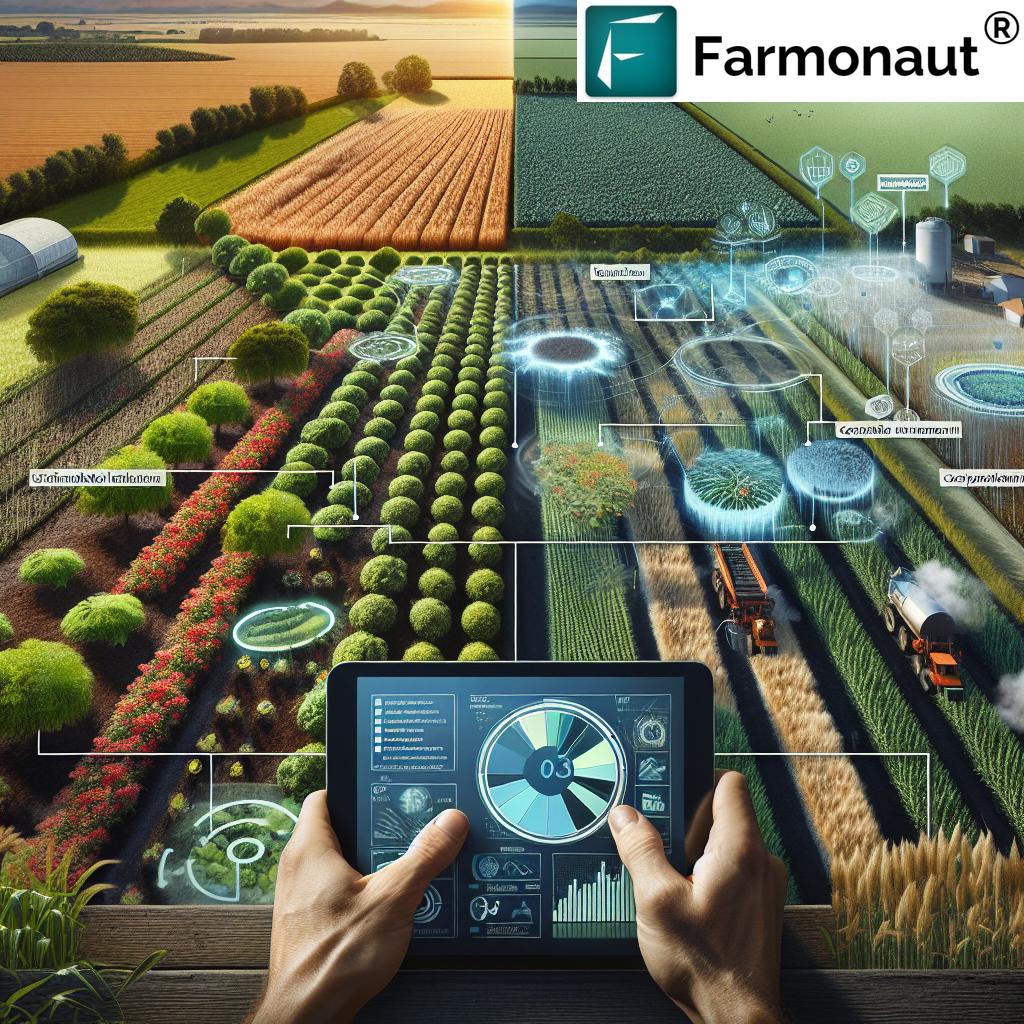Revolutionizing Australian Wine Exports: GIS-Powered Strategies for Sustainable Vineyard Management and Global Market Success
“GIS technology has revolutionized viticulture, enhancing wine production data analytics for over 2,000 Australian wineries.”
Welcome to our comprehensive exploration of the dynamic landscape of Australian wine export markets and global wine consumption trends. In this blog, we’ll delve into the heart of the wine industry’s future, examining how innovative technologies like Geographical Information Systems (GIS) are transforming viticulture and enhancing wine production data analytics. We’ll uncover sustainable winegrowing practices, vineyard management solutions, and strategies for navigating international markets successfully.
The Australian Wine Industry: A Global Powerhouse
Australia has long been recognized as a major player in the global wine sector. With its diverse climate and terroir, the country produces a wide variety of high-quality wines that have gained international acclaim. Let’s examine the current state of the Australian wine industry and its export markets.
- Export volume and value
- Key export destinations
- Challenges and opportunities in the global market
“Australian wine exports reached a value of $2.8 billion in 2020, despite global market challenges.”
The Australian wine industry has shown remarkable resilience in the face of global challenges. In 2020, despite the impacts of the COVID-19 pandemic and trade tensions with China, Australian wine exports reached a value of $2.8 billion. This demonstrates the sector’s adaptability and the strong demand for Australian wines in international markets.
GIS Technology: Revolutionizing Vineyard Management
Geographical Information Systems (GIS) have emerged as a game-changer in the wine industry, particularly in vineyard management. By leveraging satellite imagery and advanced data analytics, GIS technology is helping winemakers optimize their operations and produce higher quality wines.

At Farmonaut, we’re proud to be at the forefront of this technological revolution in agriculture. Our satellite-based farm management solutions are helping vineyard owners across Australia to:
- Monitor crop health in real-time
- Optimize irrigation and resource management
- Detect and address pest issues promptly
- Improve overall vineyard productivity and sustainability
Let’s take a closer look at how GIS technology is transforming vineyard management practices:
| Management Aspect | Traditional Methods | Farmonaut Satellite System |
|---|---|---|
| Crop Health Monitoring | Monthly visual inspections | Daily satellite imagery analysis |
| Water Management | Manual soil moisture checks | Precision irrigation recommendations based on real-time data |
| Pest Detection | Periodic manual scouting | Early detection through spectral analysis |
| Yield Estimation | Manual sampling and estimation | AI-powered yield forecasting using historical and current data |
As you can see, the Farmonaut Satellite System offers significant advantages over traditional methods in various aspects of vineyard management. By providing more frequent, accurate, and comprehensive data, our technology enables vineyard owners to make informed decisions that can lead to improved wine quality and increased yields.
Sustainable Winegrowing Practices
Sustainability has become a key focus in the wine industry, with consumers increasingly demanding environmentally friendly products. Australian wineries are leading the charge in implementing sustainable winegrowing practices, which not only benefit the environment but also contribute to the production of high-quality wines.
Some key sustainable practices being adopted include:
- Water conservation through precision irrigation
- Integrated pest management to reduce chemical use
- Cover cropping to improve soil health
- Renewable energy adoption in winery operations
Farmonaut’s GIS technology plays a crucial role in supporting these sustainable practices. Our satellite-based monitoring system helps vineyard managers optimize resource use, reducing waste and environmental impact while improving wine quality.
Navigating Global Wine Markets
The global wine market is highly competitive and constantly evolving. Australian wine exporters need to stay informed about market trends, consumer preferences, and regulatory requirements in different countries to succeed. Let’s explore some key aspects of navigating international wine markets:
Wine Label Regulations and Export Compliance
Compliance with international wine labeling regulations is crucial for successful exporting. Each market has its own specific requirements, and staying up-to-date with these regulations is essential. Some key considerations include:
- Alcohol content labeling
- Country of origin declarations
- Allergen information
- Health warnings (where applicable)
Australian wine exporters must ensure their labels meet the requirements of each target market. This may involve creating market-specific labels or developing flexible label designs that can be easily adapted to different regulatory environments.
Wine Market Research and Consumer Behavior Analysis
Understanding consumer preferences and market trends is crucial for success in the global wine market. Australian wineries and exporters should invest in comprehensive market research to inform their product development and marketing strategies. Key areas of focus include:
- Consumer taste preferences in different markets
- Emerging wine styles and varietals
- Packaging and presentation trends
- Digital marketing and e-commerce opportunities
By leveraging data analytics and consumer insights, Australian wine exporters can tailor their offerings to meet the specific demands of different markets, increasing their chances of success in the competitive global wine sector.

Wine Tourism Development
Wine tourism represents a significant opportunity for Australian wineries to diversify their revenue streams and build brand loyalty. By creating engaging experiences for visitors, wineries can strengthen their connection with consumers and promote their products directly. Some key aspects of wine tourism development include:
- Cellar door experiences and tastings
- Vineyard tours and educational programs
- Food and wine pairing events
- Accommodation and hospitality services
Farmonaut’s GIS technology can also play a role in enhancing wine tourism experiences. By providing detailed maps and data visualizations of vineyards, wineries can offer visitors unique insights into their terroir and winemaking processes.
Digital Asset Management for Wineries
In today’s digital age, effective management of digital assets is crucial for wineries looking to succeed in global markets. This includes:
- Website and e-commerce platforms
- Social media presence
- Digital marketing materials
- Customer relationship management (CRM) systems
Investing in robust digital asset management systems can help wineries streamline their operations, improve customer engagement, and enhance their global marketing efforts.
Wine Industry Sustainability Initiatives
Sustainability is not just about environmental practices in the vineyard; it encompasses the entire wine production and distribution process. The Australian wine industry is committed to reducing its environmental footprint through various initiatives:
Emissions Reduction Roadmap
The Australian wine sector has developed an emissions reduction roadmap aimed at achieving net-zero emissions by 2050. Key strategies include:
- Renewable energy adoption in wineries
- Sustainable packaging solutions
- Efficient transportation and logistics
- Carbon sequestration through vineyard management practices
Farmonaut’s technology supports these efforts by providing detailed data on vineyard carbon footprints and helping identify opportunities for emissions reduction.
EcoVineyards Program
The EcoVineyards program promotes biodiversity and ecosystem health in Australian vineyards. This initiative encourages practices such as:
- Native vegetation planting
- Habitat creation for beneficial insects and wildlife
- Soil health improvement through organic matter management
By enhancing biodiversity, these practices contribute to natural pest control and improved vineyard resilience, ultimately leading to higher quality wines.
International Trade Agreements and Regional Leadership
Australia’s position in the global wine market is strengthened by various international trade agreements and its leadership in regional wine organizations. Key aspects include:
- Free trade agreements with major wine-consuming nations
- Participation in international wine organizations
- Collaboration with other New World wine-producing countries
These agreements and partnerships help reduce trade barriers and promote Australian wines in international markets.
The Future of Australian Wine Exports
As we look to the future, the Australian wine industry is well-positioned to continue its success in global markets. By embracing innovative technologies like Farmonaut’s GIS-powered solutions, implementing sustainable practices, and staying attuned to consumer trends, Australian wineries can maintain their competitive edge and drive growth in exports.
Key areas of focus for the future include:
- Continued investment in research and development
- Adaptation to climate change impacts
- Expansion into emerging markets
- Development of new wine styles and varietals
With its commitment to innovation and sustainability, the Australian wine industry is well-equipped to meet the challenges and opportunities of the global wine market in the years to come.
Conclusion
The Australian wine industry stands at the forefront of innovation, combining centuries-old winemaking traditions with cutting-edge technologies like Farmonaut’s GIS-powered solutions. By leveraging these advanced tools for sustainable vineyard management, Australian wineries are not only producing higher quality wines but also positioning themselves for long-term success in the competitive global market.
As we’ve explored in this blog, the future of Australian wine exports lies in embracing technology, sustainability, and consumer-driven strategies. From precision viticulture to digital marketing and wine tourism development, there are numerous opportunities for growth and innovation in the sector.
By staying informed about market trends, complying with international regulations, and continuing to produce world-class wines, Australian wineries can look forward to a bright future in the global wine industry.
FAQ Section
1. How is GIS technology improving vineyard management?
GIS technology, like Farmonaut’s satellite-based system, provides real-time data on crop health, soil moisture, and other critical factors. This allows vineyard managers to make informed decisions about irrigation, pest control, and harvest timing, leading to improved wine quality and yield.
2. What are the main challenges facing Australian wine exports?
Key challenges include international competition, changing consumer preferences, climate change impacts, and trade tensions with certain markets. However, Australian wineries are addressing these challenges through innovation, market diversification, and sustainable practices.
3. How can wineries develop successful wine tourism strategies?
Successful wine tourism strategies often involve creating unique, immersive experiences for visitors. This can include cellar door tastings, vineyard tours, food and wine pairing events, and educational programs about winemaking. Leveraging digital marketing and partnering with local tourism bodies can also help attract visitors.
4. What role does sustainability play in the Australian wine industry?
Sustainability is increasingly important in the wine industry, both for environmental reasons and to meet consumer demands. Australian wineries are implementing various sustainable practices, including water conservation, integrated pest management, and renewable energy use. These efforts are supported by industry-wide initiatives like the emissions reduction roadmap and the EcoVineyards program.
5. How can Australian wineries stay competitive in the global market?
To remain competitive, Australian wineries should focus on innovation in both winemaking and marketing. This includes adopting new technologies like Farmonaut’s GIS solutions, developing wines that appeal to changing consumer tastes, investing in sustainable practices, and building strong brand identities in international markets.
For more information on how Farmonaut’s innovative solutions can help revolutionize your vineyard management and boost your wine export potential, visit our website or download our mobile app:
For developers interested in integrating our satellite and weather data into their own systems, check out our API and API Developer Docs.
















